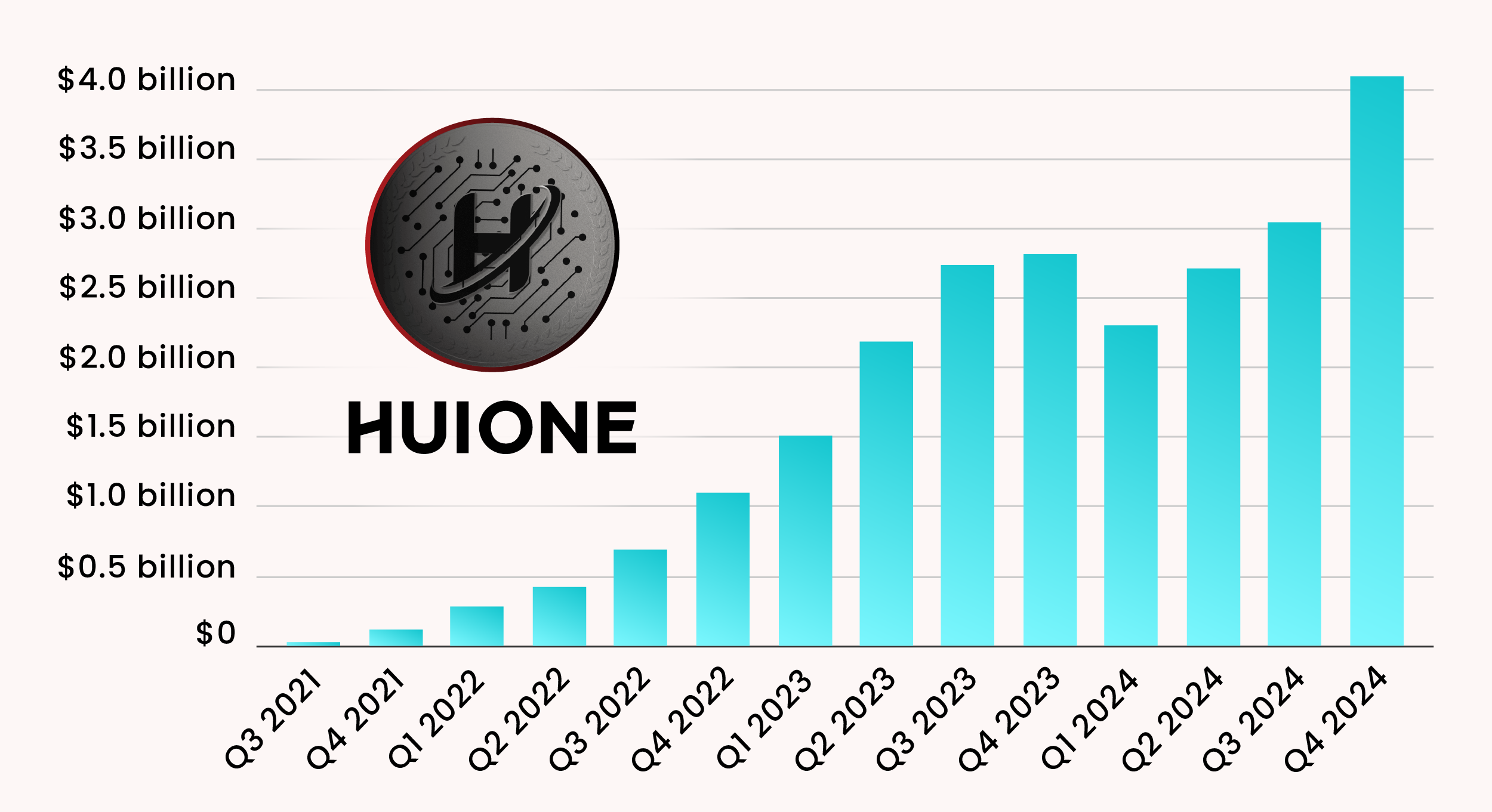
The Testing Pyramid is upside-down
Imagine you add a bunch of unit tests to get your coverage up from 60 to 80 percent to make the boss happy. Later that day (it’s Friday of course) you push a release to production, content in the knowledge that it is covered by your new tests…
Suddenly, your product manager pings you on Slack: their demo stopped working. Confused, you connect into the cluster and a particular resource stands out to you. It was marked as deleted but still existed, causing a naming conflict with the resource the product manager was trying to create. Your tests? All your tests passed, but none of them caught this system-level issue that let the deleted resource refuse death.
That’s exactly what happened to me a few years back while working at a startup. A subsequent end-to-end (E2E) test caught the bug, which turned out to be a race condition between two distributed components. I had initially avoided the E2E test because it would have required significantly more effort to write–and indeed, it did. But, that day, I learned why E2E tests, despite how much they suck to write, should be your first line of defense when building an application.
My decision to procrastinate writing comprehensive E2E tests is not unique. Many of my peers and friends have told me similar stories. Most teams–whether large or small–limit the number of E2E tests they write. Why? Writing, maintaining, and debugging E2E tests requires significant effort, not to mention how flaky they can be (many of us have experienced how a single unreliable E2E test can fail your entire CI/CD pipeline). Even when implemented, these tests are often reserved for light sanity checks rather than thorough testing of real-world scenarios, since their resource-intensive nature makes too many E2E tests painfully slow. E2E tests are hard.

















/cdn.vox-cdn.com/uploads/chorus_asset/file/25831586/STKB310_REDNOTE_XIAOHONGSHU_B.jpg)



